Originally conceived as an infantry support tank, the D1 instead became the main battle tank of the French army during the 1930s. Serving in North Africa, in defence of France during the German invasion of 1940 and ultimately during the battle of Kasserine Pass in 1943.
The result of the French need for a Light Infantry Support Tank, led to the development of the Char D1, of which 160 vehicles were produced up to 1935. Armed with a short 47mm SA34 tank gun with a coaxial 7.5mm MG, the type didn’t serve as an infantry support tank as originally intended, but as France’s major battle tank of the early 1930s. However, the Char D1 was dogged by mechanical problems and it’s unreliable nature led to it being phased out from 1937.
For it’s time the Char D1 had good armour – 30mm thick on vertical surfaces, which the two-man crew would have appreciated!
The driver can operate the fixed 7.5 mm Reibel machine gun that sits low in the nose (almost completely hidden behind the armour). The second crew member operates the radio set on the right side of the fighting compartment.
One of the most distinctive features of the Char D1 is it’s 2.4m high radio antenna which impedes a full rotation of the turret to the right, limiting the total movement to about 345°. The radio operator also assists in the loading of the gun, by handing rounds to the third crew member, the commander, located in the turret.
The Char D1 was thus neither particularly light nor cheap, causing the Hotchkiss company to propose a design more suited to the role of mass-produced light infantry tank. The proposal would eventually result three tanks going into production: the Hotchkiss H35, Renault R35 and FCM 36.
Despite it’s cost and drawbacks the Char D1 was still considered a more cost effective option than the Char B1 bis (seen below) as the army’s main battle tank. Eventually, however, the Char B1 bis would see more action and out-perform it’s predecessor.
One of the D1 successors was the widely used Renault R35. Used in large numbers by the French as well as being used by Italian and Polish armies, the R35 was subsequently pressed into service by the Germans from the many captured tanks after the fall of France.
Another armoured fighting vehicle to see service at the same time as the Char D1 was the AMC Schneider P16 half-track. This remarkable looking vehicle served in the invasion of France as well as in Tunisia and Algiers.
These vehicles are designed to ably support our French army range. The range is built around our Defenders of France boxed set which contains 20 metal miniatures including a Hotchkiss HMG team.

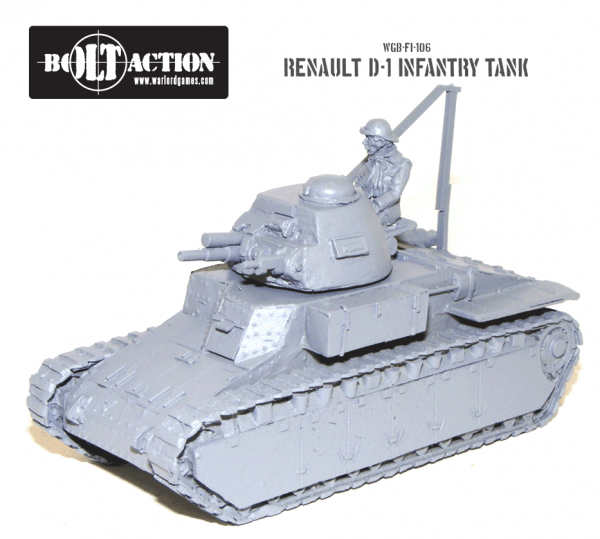
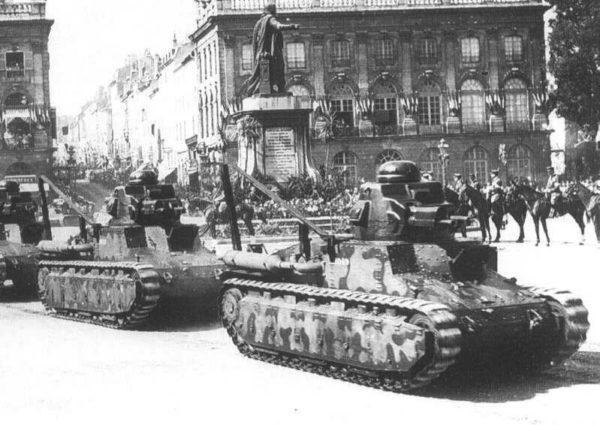
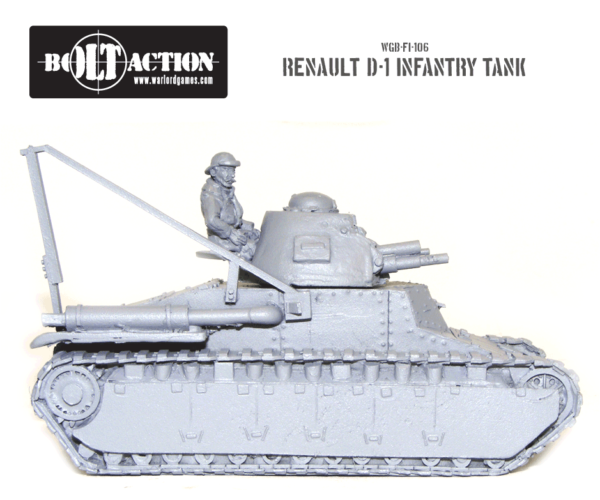
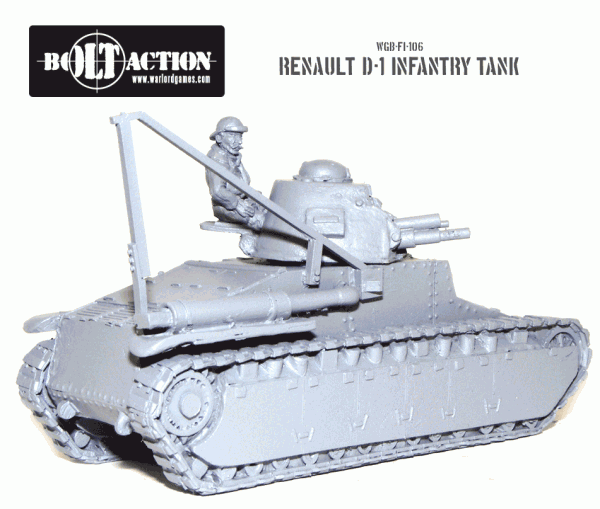
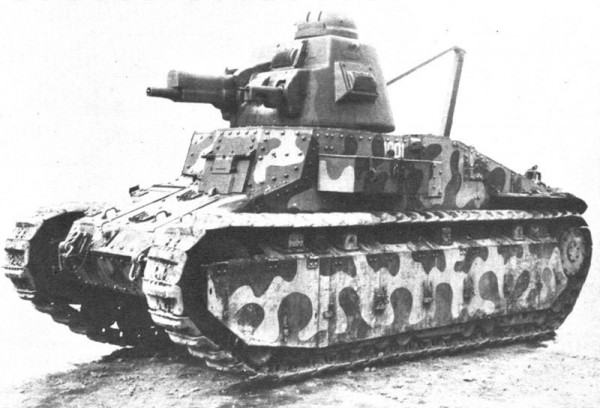
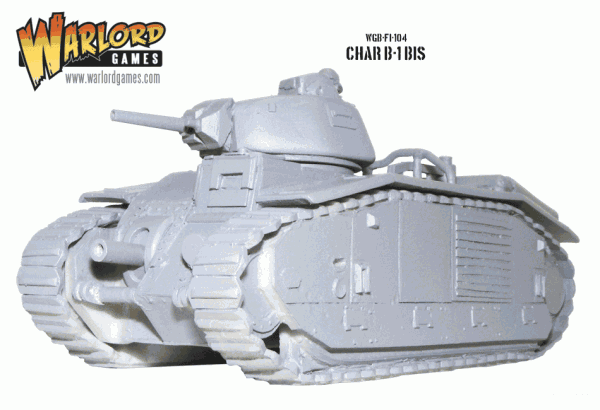
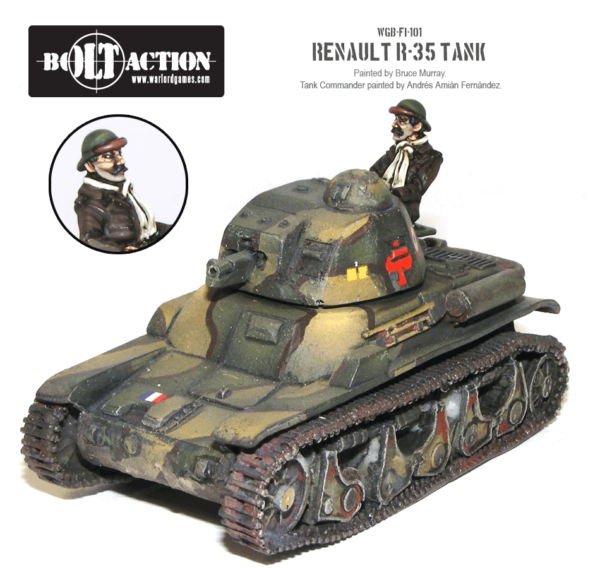
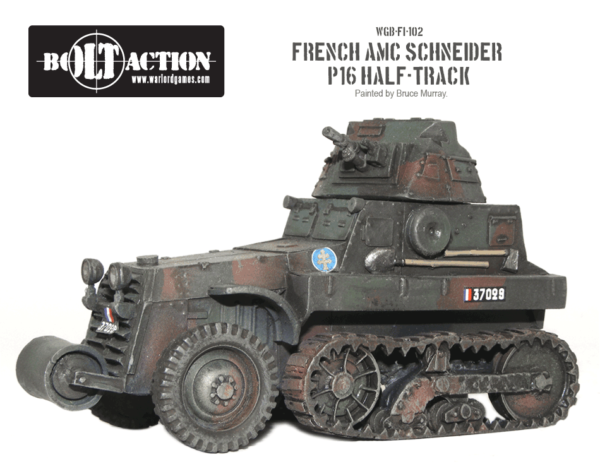
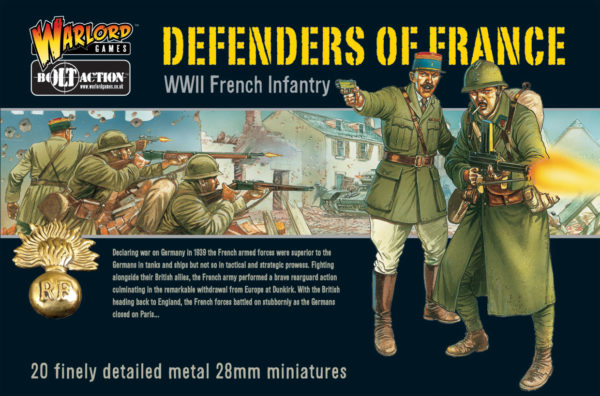
![defenders-of-france-box-set-[2]-4310-p](http://www.warlordgames.com/wp-content/uploads/2012/02/defenders-of-france-box-set-2-4310-p-600x300.jpg)





